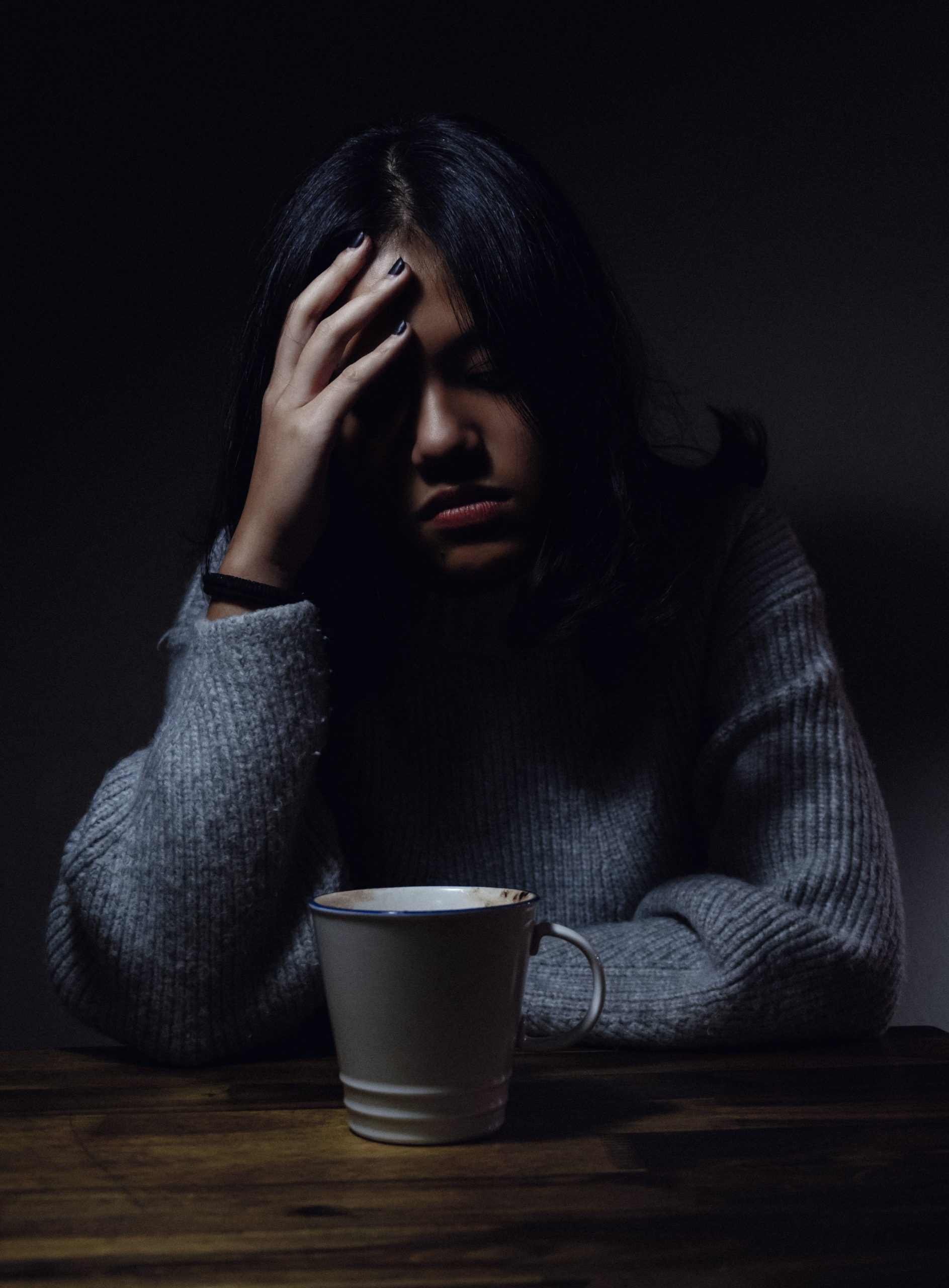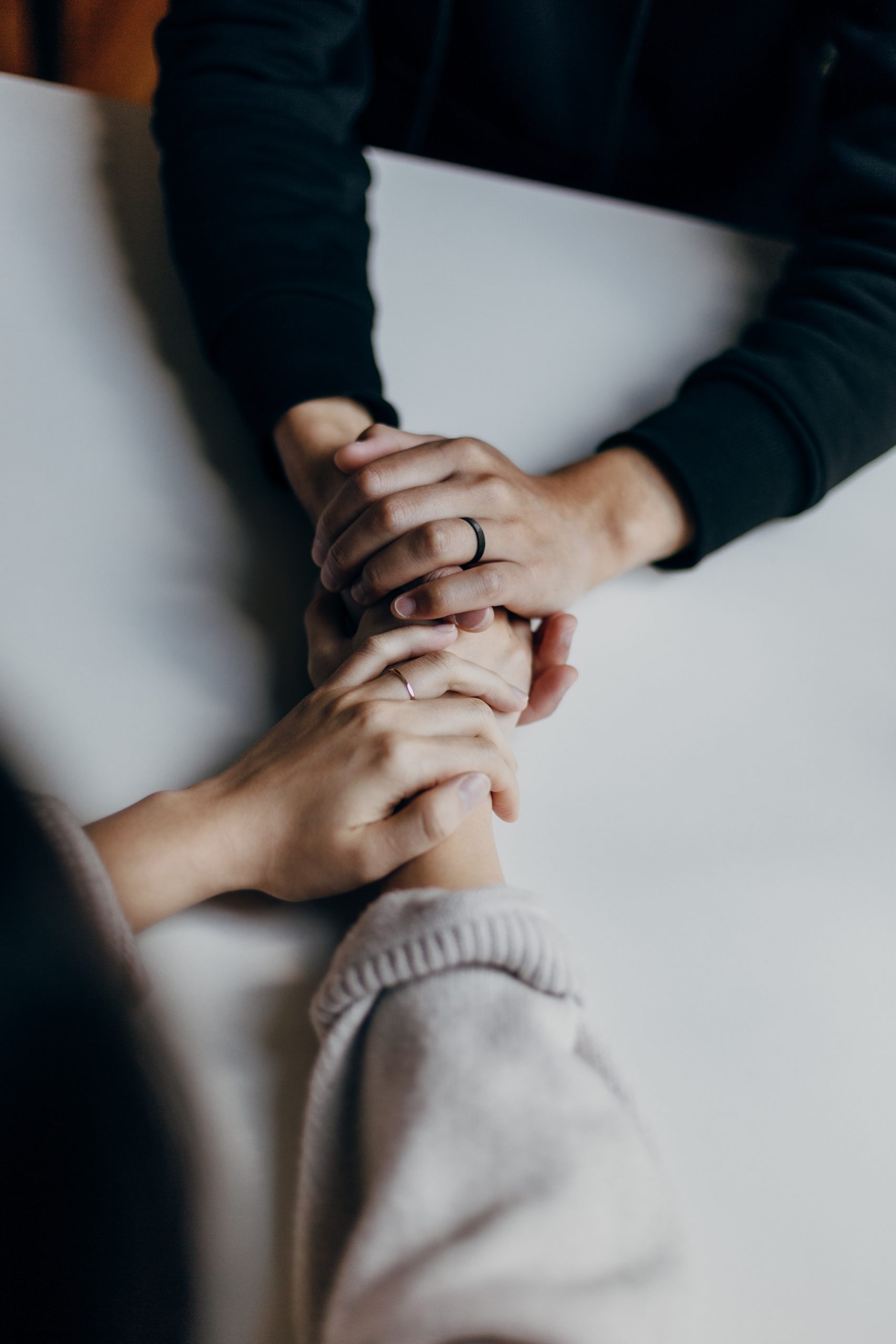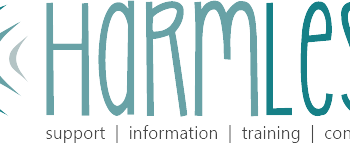What Is Self-Injury Or Self-Harm?
For those who have never been exposed to the behaviour, self-injury can be a confusing concept. It is a complex issue that does not have a singular explanation. Self-harm is an umbrella term that encompasses various types of that damage or cause harm to a person, whereas self-injury refers to any deliberate behaviour that inflicts harm on your body.
Self-injury takes many different forms but commonly manifests as cutting or scratching. However, self-harm behaviours are not limited to using a razor: others may burn themselves, pull out their hair, abuse drugs and alcohol, have unsafe sex or get into fights. Ultimately, the “how” is secondary to the “why”.
Mental health charity Mind describes a range of reasons why people may engage in self-harm behaviours, such as a need to express feelings they cannot put into words, to try and transform emotional pain into physical pain, to stop feelings of numbness or to punish themselves for their feelings and experiences.
“I’ve always felt like my feelings were too big for my body and having emotional outbursts was met with ridicule outside of my home, so I learned that expressing emotions authentic to me was wrong,” said Artie Carden, a nonbinary writer who began self-harming as a teenager. “Keeping it pent up inside is what led to self-harming because it was like a release of the emotions or a distraction from the emotional pain.”

Credit: Anh Nguyen / Unsplash
A number of life experiences may trigger self-harming behaviours, including bullying, money worries, abuse, bereavement, homophobia, a health problem or low self-esteem, according to Mind.
While self-harm is not always a symptom of a mental health condition, people who exhibit the behaviour could also have a diagnosed mental health condition like anxiety, depression or Post Traumatic Stress Disorder (PTSD). It can also be an early warning sign of suicidal ideation.
Jenetta Barry, whose daughter died by suicide aged 16 and had a history of self-harming, explained: “My daughter said that self-harming helped her defer the emotional pain, which was just too overwhelming. So, if she could hurt herself somewhere else, it took the focus away from the main pain, which she just couldn’t handle.”

Credit: George Pak / Pexels
Although approximately 10% of young people self-harm, the behaviour is still frequently misunderstood or harshly judged.
“I didn’t tell many people, but the people I did tell had very mixed responses,” said Emily Grimes, a creative manager who also self-harmed as a teenager. “I had some who were brilliantly supportive and helped me through it but then there were others who were very judgemental. It was mainly because, in their eyes, I didn’t have a reason to feel this way because nothing terrible had happened.”
Self-harm behaviours are not necessarily triggered by specific traumatic events and any young person could be susceptible to them. But research suggests that people from marginalised communities can be at greater risk of self-harming. For example, LGBTQ+ people are three times more likely to self-harm than their non-LGBTQ+ peers, according to a survey undertaken by Just Like Us. Research conducted by the University of Manchester indicates that self-harm is rising more rapidly among children and adults from ethnic minority groups.













